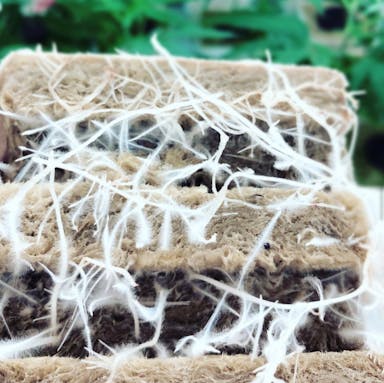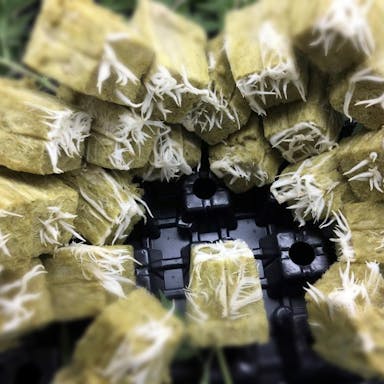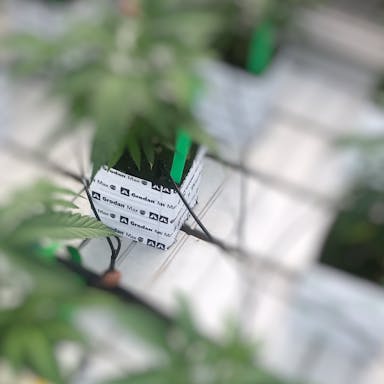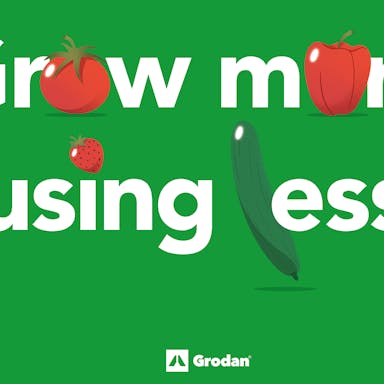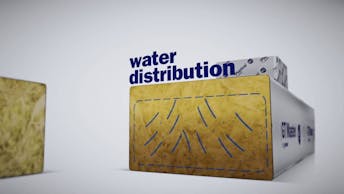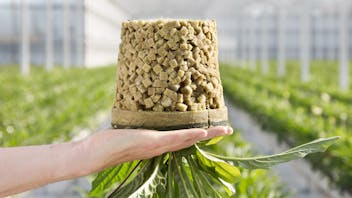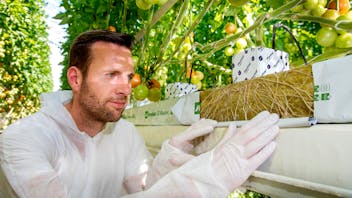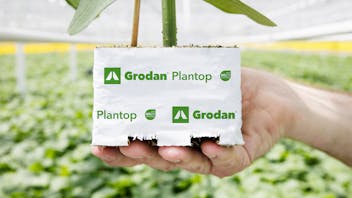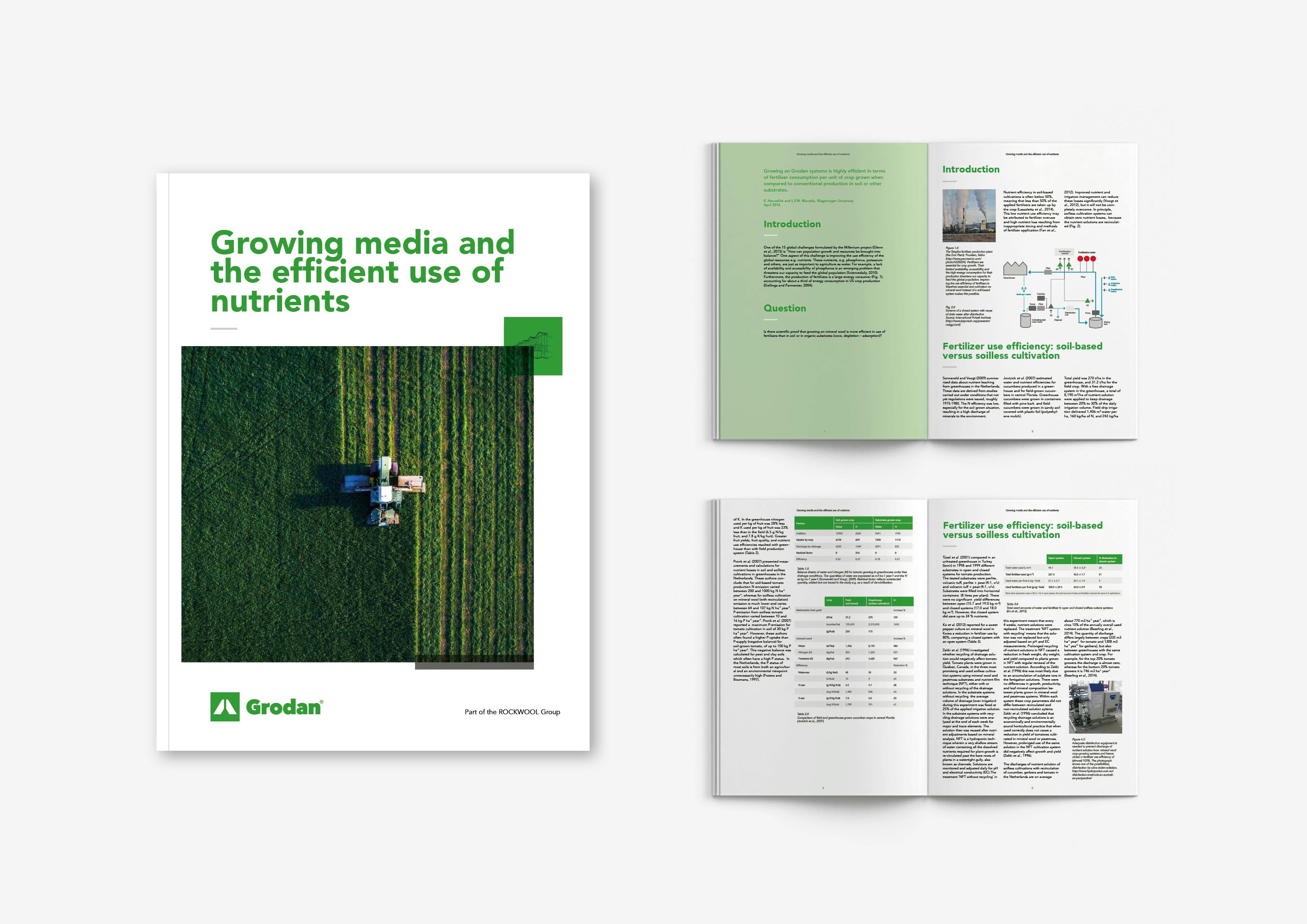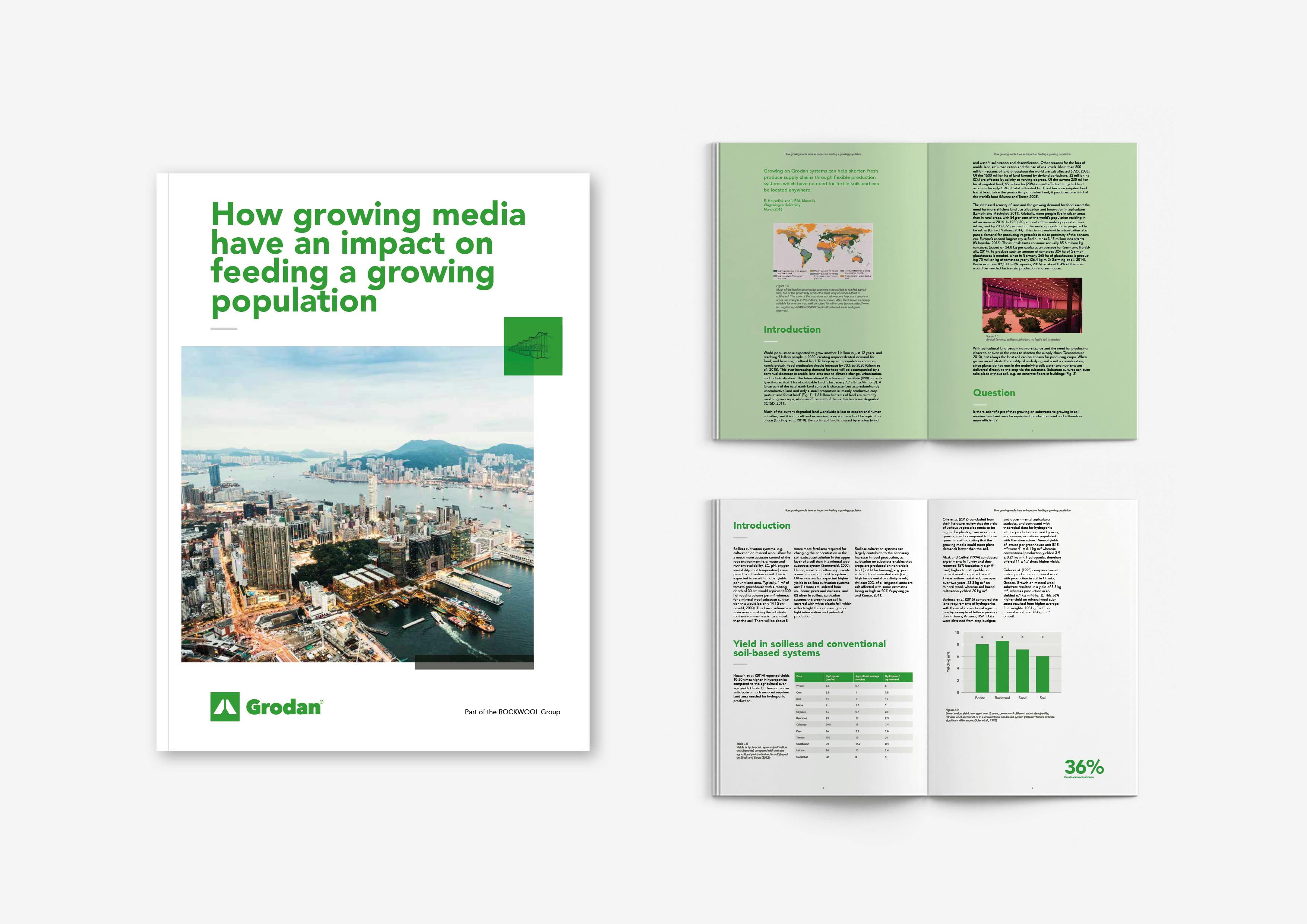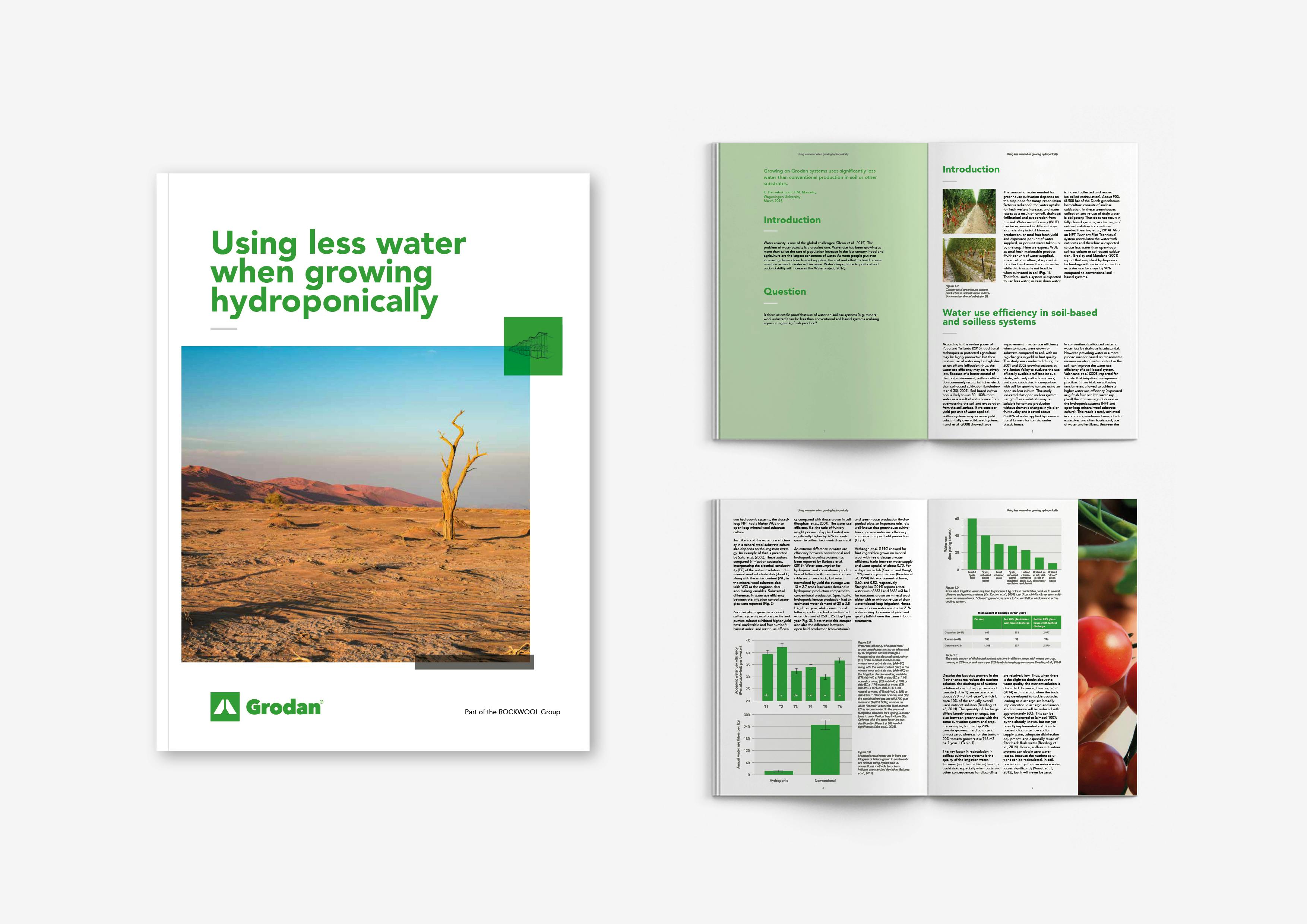Up to 15% savings of water
NG2.0 is the successor of the Next Generation Technology and adds new benefits. Water distribution is more uniform and a better utilisation of the entire substrate volume by the crop is ensured. Continuous growth of new roots in both block and slab result in a healthy and vigorous crop throughout the growing season.
These benefits translate to higher yields, improved fruit quality and reduce the sensitivity of the crop to diseases. After a phased introduction, this technology is now worldwide available and covers the complete product range of Grodan.
NG2.0 technology enables optimal usage of the entire substrate volume. Uniform distribution in the block and slab ensures that all the water and nutrients are available to the plant. The necessary reductions in EC can therefore be achieved with less water.
Savings during cultivation
A joint trial at the Improvement Center, “restricting irrigation and emissions”, in which the Grotop Master (10 cm high) was used with NG2.0 technology, demonstrated water savings of 15% compared with various other irrigation regimes. In particular, more precise irrigation is possible during the winter months.
The key benefits during cultivation:
- Fast and vigorous root development – thanks to rapid and uniform distribution of water and nutrients, and optimal usage of the entire slab volume, especially in the top layer
- More direct steering of water and nutrients – thanks to better use of the functionalities of the substrate volume and the greater uniformity within blocks and slabs
- More balanced water and nutrient uptake – giving better distribution of finely branched roots in the slab
- Optimal control of the EC level in the slab, particularly important during changing weather conditions – thanks to rapid ‘refreshment’ of nutrients
- Steering for generative growth – due to better water and nutrient distribution, particularly in the top layer of the substrate
- Better performance on uneven surfaces – thanks to the improved re-saturation capacity of the slab
- Opportunities for improved yields in the second half of the year – thanks to continuous development of new roots in the blocks and slabs


